1Division of Cardiology, Department of Internal Medicine, Wonju Severance Christian Hospital, Yonsei University Wonju College of Medicine, Wonju, Korea.
2Division of Cardiology, Department of Internal Medicine, Gangneung Asan Hospital, University of Ulsan College of Medicine, Gangneung, Korea.
3Department of Cardiology, Cardiovascular Center, Korea University Anam Hospital, Korea University, Seoul, Korea.
4Division of Cardiology, Department of Internal Medicine, Konkuk University Chungju Hospital, Konkuk University College of Medicine, Chungju, Korea.
5Division of Cardiovascular Medicine, Department of Internal Medicine, Dankook University Hospital, Dankook University College of Medicine, Cheonan, Korea.
6Division of Cardiology, Department of Internal Medicine, CHA Bundang Medical Center, CHA University, Seongnam, Korea.
7Division of Cardiology, Department of Internal Medicine, Ewha Womans University Mokdong Hospital, Ewha Womans University School of Medicine, Seoul, Korea.
8Division of Cardiology, Department of Internal Medicine, Kangnam Sacred Heart Hospital, Hallym University, Seoul, Korea.
9Division of Cardiology, Department of Internal Medicine, Inje University Ilsan Paik Hospital, Inje University, Goyang, Korea.
10Department of Cardiology, Gachon University Gil Medical Center, Gachon University, Incheon, Korea.
11Division of Cardiology, Department of Internal Medicine, Severance Cardiovascular Hospital, Yonsei University College of Medicine, Seoul, Korea.
12Division of Cardiology, Department of Internal Medicine, National Health Insurance Service Ilsan Hospital, Goyang, Korea.
13Department of Internal Medicine, Kangwon National University Hospital, Kangwon National University, Chuncheon, Korea.
14Division of cardiology, Department of Internal Medicine, Kosin University Gospel Hospital, Kosin University, Busan, Korea.
15Division of Cardiology, Heart Center, Gangnam Severance Hospital, Yonsei University College of Medicine, Seoul, Korea.
16Division of Cardiology, Cardiovascular Center, Chuncheon Sacred Heart Hospital, Hallym University College of Medicine, Chuncheon, Korea.
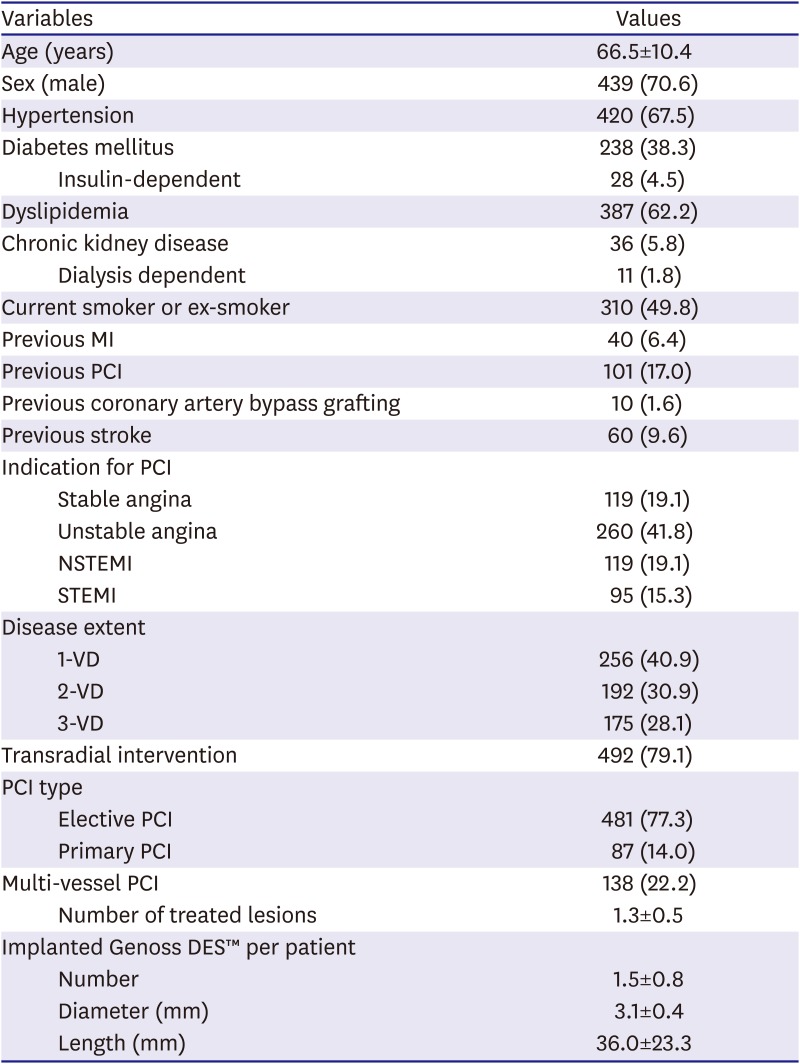
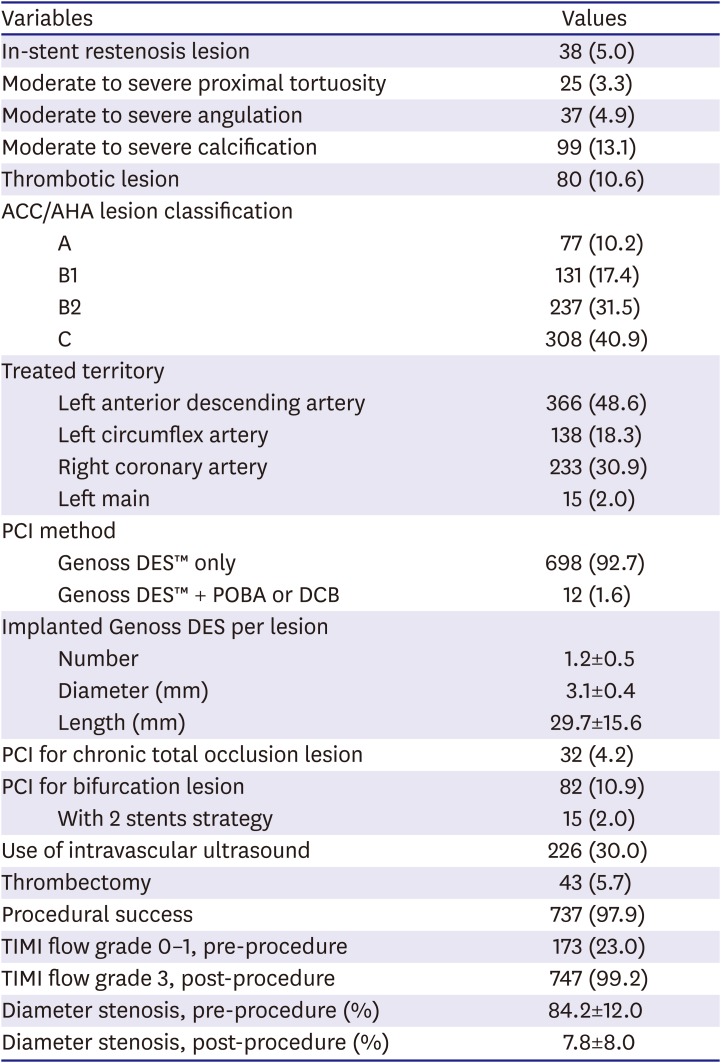
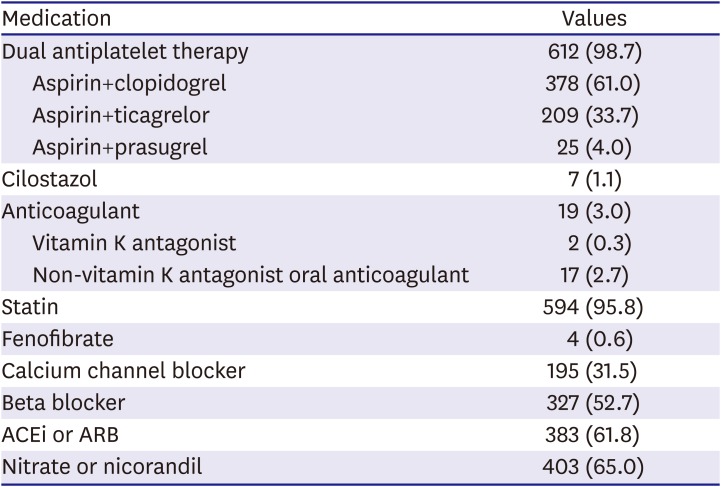
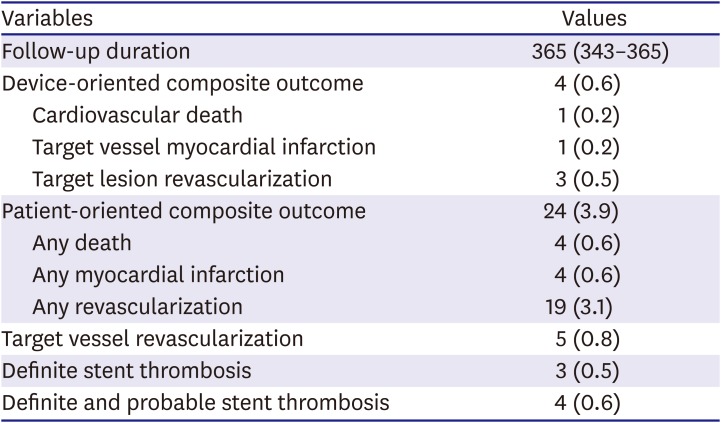
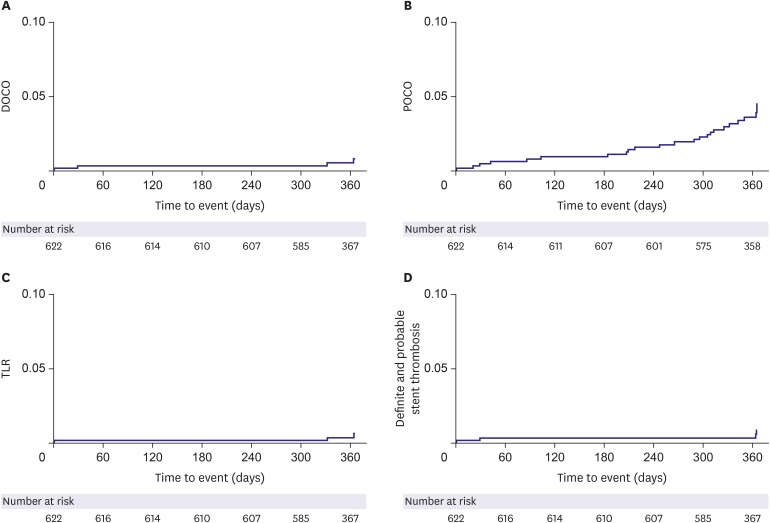
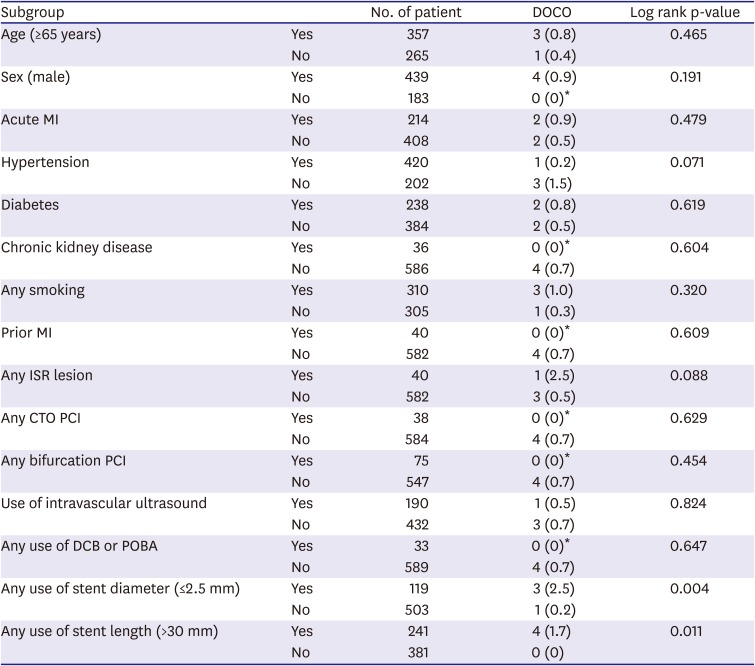




 PDF
PDF ePub
ePub Citation
Citation Print
Print



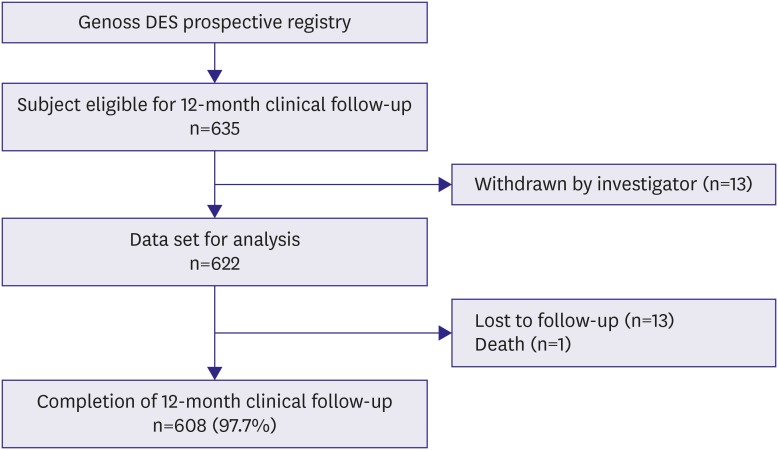
 XML Download
XML Download